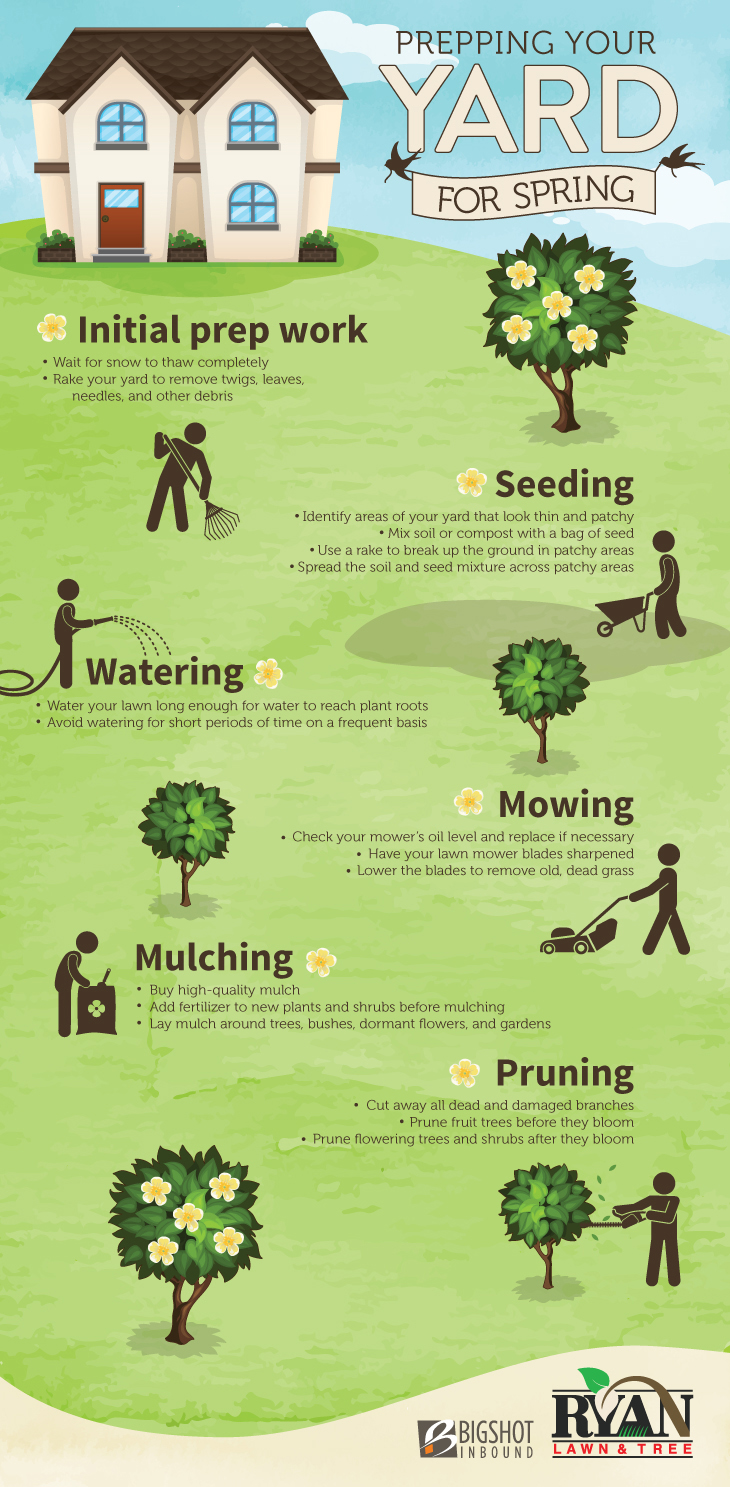Seasonal Tree Management: Strategies For Taking Care Of Trees Before And After Their Elimination
Seasonal Tree Management: Strategies For Taking Care Of Trees Before And After Their Elimination
Blog Article
Content Writer-
When it involves seasonal tree treatment, making sure appropriate monitoring before and after elimination can dramatically affect the health and wellness and aesthetics of your landscape. By comprehending the needed steps associated with analyzing tree wellness and getting ready for elimination, you can proactively safeguard your home. But what about the crucial techniques to adhere to as soon as the tree is gone? Remain tuned to discover the essential post-removal care steps that will certainly assist you cultivate a flourishing and lasting atmosphere for your trees.
Pre-Removal Tree Care
Prior to addressing the removal of a tree, it's vital to focus on pre-removal tree treatment. Begin by analyzing the tree's health and wellness and structural stability. Search for indicators of condition, parasite infestations, or any architectural problems that might position a security risk throughout elimination. It's vital to talk to a licensed arborist to identify the best strategy.
Pruning dead or diseased branches can prevent further damage to the tree and guarantee a smoother removal procedure.
Additionally, consider the environmental impact of removing the tree. Trees play a crucial function in our community, so planting a new tree in a suitable location can aid counter any loss. Make certain that you have the required licenses and consents for tree elimination, specifically if the tree is safeguarded by regional laws.
Seasonal Maintenance Tips
Evaluating your tree's requirements throughout the year is vital for its health and durability. To keep your trees in top condition, follow these seasonal maintenance tips.
In springtime, focus on pruning to eliminate dead or broken branches and urge brand-new development.
how to be an arborist asks for routine watering, especially throughout droughts, to ensure your tree remains hydrated.
As fall approaches, watch out for early indications of illness or tension, and consider using mulch to protect the origins during wintertime.
In mouse click the following web page , be cautious when eliminating snow from branches to avoid damage, and remain to monitor your tree's overall wellness.
Remember to adjust your care routine based on the particular requirements of your tree varieties and local climate. By staying alert and positive throughout the periods, you can help your trees flourish and prosper for several years ahead.
Post-Removal Tree Treatment
To ensure the health of your landscape also after tree removal, appropriate post-removal care is necessary. After a tree is removed, it's critical to load the staying opening with topsoil and compact it to avoid settling. This will certainly aid keep the integrity of the ground and protect against prospective dangers in the future.
Take into consideration planting new vegetation instead of the gotten rid of tree to bring back the balance and appearances of your landscape. Regularly water the area to promote the growth of brand-new plants and protect against soil erosion.
Evaluate the surrounding trees for any kind of signs of condition or anxiety that may have been brought on by the eliminated tree. Keep an eye out for pests that may've been brought in to the previous tree and take preventive measures to shield the staying vegetation.
If needed, consult with an expert arborist to assess the influence of the removal on the surrounding trees and determine any kind of additional treatment required. By following these post-removal care steps, you can make sure the ongoing wellness and appeal of your landscape.
Verdict
In conclusion, aggressive seasonal tree treatment is essential for preserving the health and equilibrium of your landscape. By evaluating tree service logo and wellness, trimming, and talking to an arborist prior to removal, you can guarantee a safe procedure. After removal, filling up the hole, planting new vegetation, and normal watering will certainly advertise brand-new growth and avoid disintegration. Keep in mind to evaluate bordering trees for disease and look for additional care steps from an arborist to maintain your landscape thriving.
